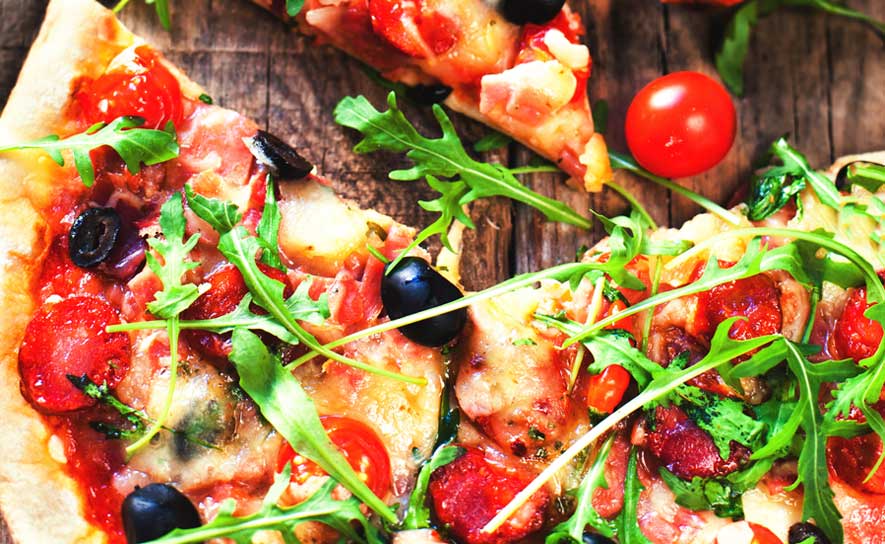USA Swimming News
Redefining Junk Food

by Chris Rosenbloom, PhD, RDN, CSSD
A teen swimmer wrote to say that he “loves junk food, but really wants to eat healthy.” He went on to explain when he tries to eat healthy “unprocessed” foods, he always defaults to “processed” foods. He thinks his eating habits are negatively affecting his swimming and really wants to change.
It is refreshing to hear from young swimmers who know there is a connection between healthy eating and performance but have a hard time figuring out what is a healthful diet.
I suggest that swimmers redefine “junk” and stop thinking in black and white terms about foods. Part of the confusion comes from the word “processed” and how casually the term is used in the media to describe foods that are devoid of all nutrients. It is interesting that some people who say they eat unprocessed foods drink almond milk, which is a highly- processed food that doesn’t even contain many almonds (it is only about 2% almonds!)
The truth is eating processed foods such as frozen or dried fruit, frozen or canned vegetables, packaged grains, canned beans, milk, yogurt, cheese, pasta, fresh or frozen meats, poultry, or fish, and whole grain breads and cereals are the basis of a healthy diet. Some researchers are using the terms “minimally processed” to describe healthful foods.
Ultra-processed food is another term being used to describe foods that are low in cost, high in calories, and designed to be very good-cheestasting and attractive. These foods also contain a lot of additives to extend the shelf life and can be consumed anywhere. Soft drinks, candy, and many snack foods fit into this category and this might be what people call “junk” food. I’ve always been of the mindset that there is no junk food, only junk diets.
Look at this example of a healthy diet vs a junk diet
|
Eat more of these foods: |
Eat less of these foods: |
|
Breakfast
|
|
|
Lunch
|
|
|
Dinner
|
|
|
Snacks
|
|
No one expects you to grow your own wheat, grind and mill it into flour and bake your own bread to be healthy; just move toward minimally processed foods to fuel your sport.
Chris Rosenbloom is a registered dietitian, certified specialist in sports nutrition, and professor emerita of nutrition at Georgia State University. She welcomes questions from swimmers, parents and coaches. Email her at chrisrosenbloom@gmail.com; follow her on Twitter @chrisrosenbloom
